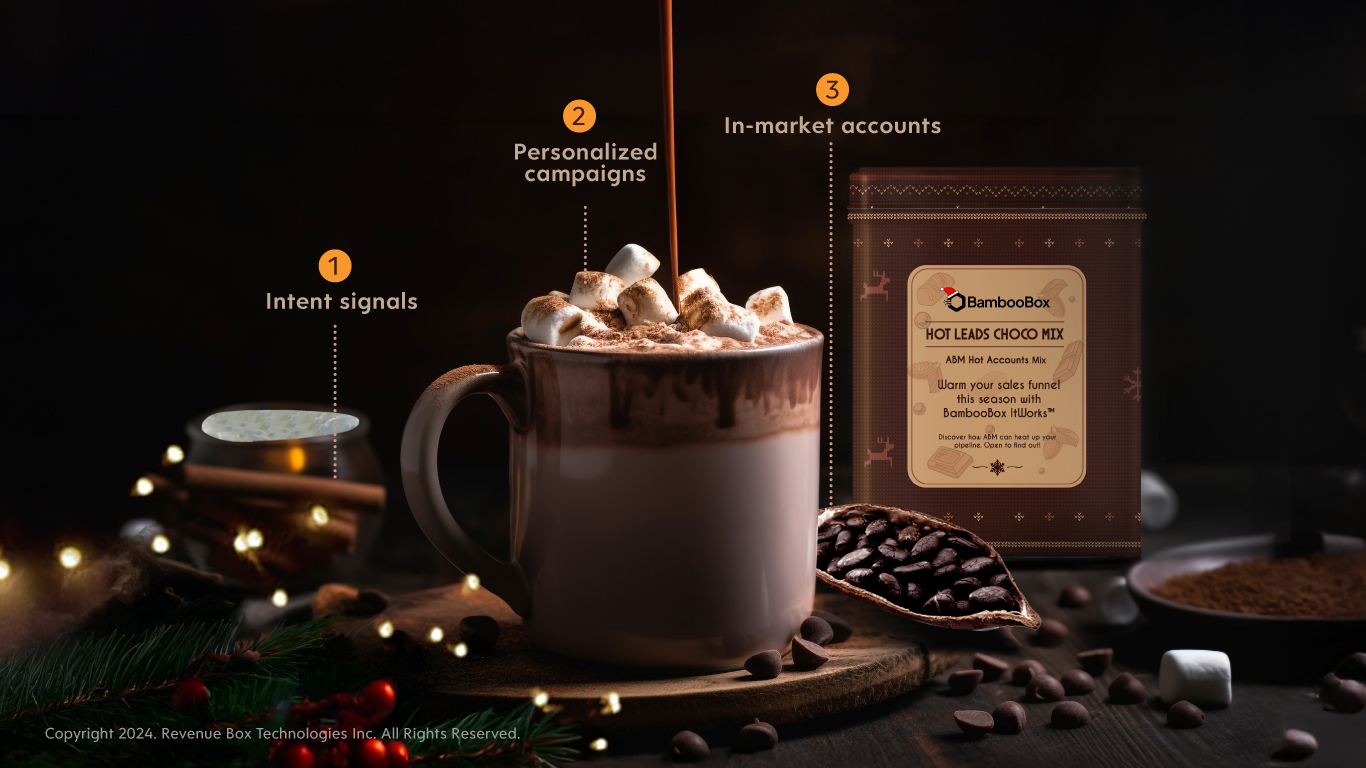The pandemic has led to a transformation in the B2B marketing landscape. Many B2B companies are embracing this shift to digital modes and platforms to stay in touch with prospective and existing customers. Nowadays, customers prefer online interactions or digital self-service at different stages of their buying journey. This is why businesses have realized that omnichannel marketing is here to stay.
What is B2B omnichannel marketing
B2B omnichannel marketing uses a mix of multiple channels – both online and offline channels – to reach the target audience, creating a unified, holistic customer experience. The goal of omnichannel marketing is to consistently drive a customer toward a sale by using a variety of offline and online channels. This includes emails, social media platforms, in-person meetings, or virtual interactions. This marketing is present at each stage of the marketing funnel, from building brand awareness to guiding the B2B customers to make a purchase.
Today’s customers do their research before making a purchase. They rely on several sources, such as peer recommendations, reviews, social media content, and the like. Thus, brands can target a single prospect through multiple channels.
A McKinsey report states that the number of channels B2B customers use has doubled from 5 in 2016 to 10 in 2021. This shows how important it is for B2B businesses to adapt to the omnichannel marketing model.
How to develop your B2B omnichannel marketing strategy
You need a strategy to unify all your marketing channels and provide a strong omnichannel experience to acquire new leads and increase sales.
Below are the steps to help you develop a comprehensive omnichannel strategy.
Identify your target audience
Start by understanding who your target buyers and personas are and what platforms they use. This will enable you to tailor an omnichannel marketing strategy according to customer personas, pain points, and most commonly used channels.
Create engaging content
Your potential buyers will be at different stages of the marketing funnel, and different kinds of content will appeal to them. Posting various content across multiple channels will help them achieve all their marketing objectives.
Personalize the user journey
Personalize the marketing efforts for each account. You can send them relevant suggestions or recommendations based on their interactions across different channels. Segment your target accounts using omnichannel tracking and target each group with relevant marketing.
Use different platforms for different purposes
Each marketing channel should be used for a specific purpose and in a way that suits it the most. For example, influencer marketing and video content work best on social media. Also, buyers prefer different platforms at each stage of their customer journey. Websites and social media are mainly used to do the initial research.
Track data across channels
Different metrics and KPIs can be tracked across all the channels to better understand customer behavior and experience. This data allows you to review and improve upon your B2B omnichannel marketing strategy.
How can B2B omnichannel marketing increase sales
Omnichannel marketing can boost brand awareness and sales. The following points highlight the same.
More places to generate awareness
With omnichannel marketing, there are multiple channels through which a B2B buyer can learn about your business. Since the outreach expands, the target customers are more likely to move ahead in their buyer journey and make a sale.
Customers prefer to use multiple channels
In the B2B space, organizations like to use a mix of channels :conventional sales methods and online platforms to complete a transaction. They prefer different platforms for each stage of the sales funnel.
Shifting loyalties of customers
Customer retention has become a major challenge for businesses today. A McKinsey report highlighted that buyers start looking for another supplier if their primary needs are not met.
Thus, the shifting loyalties of customers provide a growth opportunity for B2B sellers to acquire accounts looking for better solutions. Moreover, an omnichannel marketing strategy would also help retain existing customers by reaching out to them across multiple channels.
Today, people use digital platforms not only to share information or learn about a product but also to engage in digital buying methods. The pandemic has given a boost to this digital transformation.
Businesses need to leverage this tendency and develop an omnichannel marketing strategy. It takes proper planning and effort to unify all your marketing channels and provide a holistic user experience. But the benefits of omnichannel marketing are worth the effort.



